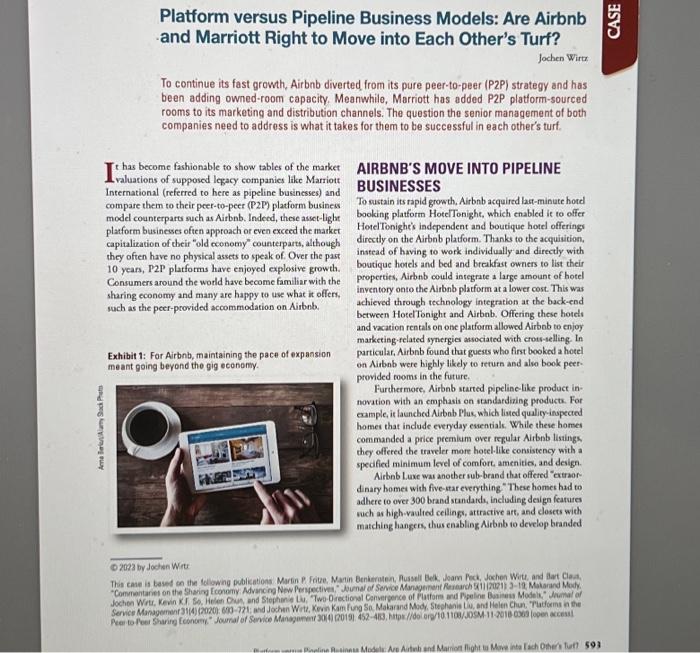Other questions asked by students
Medical Sciences
Q
1.Why is the theory of evolution a scientific theory and not a scientific hypothesis? Explain an...
Biology
Civil Engineering
Accounting
Accounting



